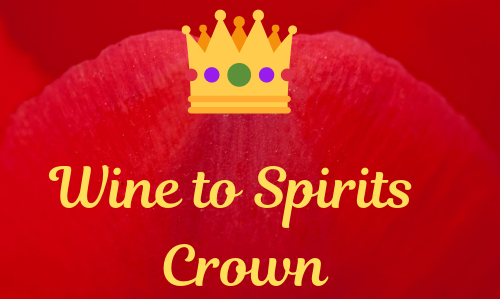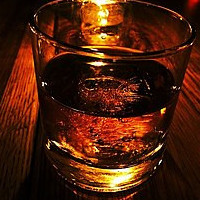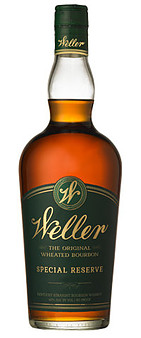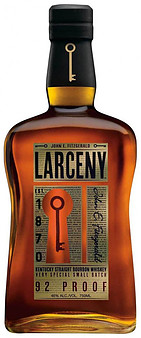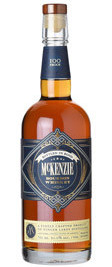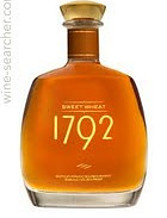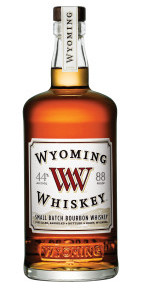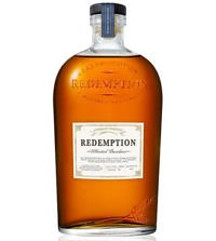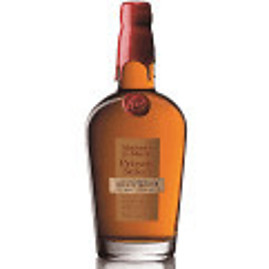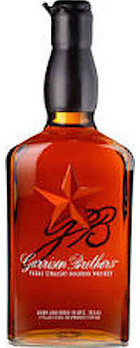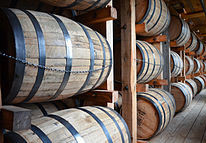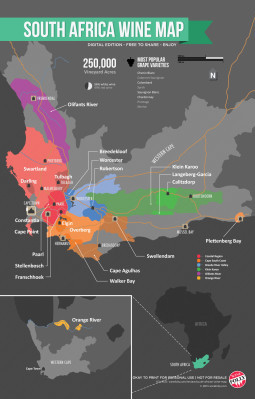BEST BAROLO WINE
The Best Barolo Wine is considered to be an exceptional selection when it comes to Italian red wines. Barolo is a red wine produced in the Piedmont region of Italy. The wines are made from Nebbiolo, a small, thin-skinned red grape varietal generally high in acid and tannins. In Piedmont, Nebbiolo is one of the first varieties to undergo bud break and last to be picked, with harvest generally taking place in late October. Barolo wines must be solely composed of Nebbiolo, with no exceptions.
What About a Great Wine
The wines are rich and full-bodied, with a strong presence of acidity and tannins. The Best Barolo wine is often compared to the great Pinot Noir of Burgundy, due to their light brick-garnet pigments and bright acidity – plus the region it’s made has a lot that is aesthetically common to Burgundy too. Rose flower, tar, and dried herbs are aromas frequently associated with Barolo wines. According to DOCG regulations (Denominazione di Origine Controllata or Denomination of Controlled Origin), the wines must be aged for at least two years in oak and one year in bottle, with five years of age (three in oak) required for Riserva labeling, both with a minimum 13 percent alcohol content.
Advances in Viticulture
Advances in viticulture have helped to bridge the gap between modern and traditional producers. Better canopy management and yield control have led to riper grapes being harvested earlier with more developed tannins in the grape skins. As of 2015, winemaking for both traditionalist and modernist Barolo producers includes strict hygiene controls and the use of some modern winemaking equipment such as temperature-control fermentation vessels. Rather than fall into one hard-line camp or the other, many producers take a middle-ground approach that utilizes some modernist techniques along with traditional winemaking. In general, the traditional approach to Nebbiolo involves long maceration periods of 20 to 30 days and the use of older large Botti-size barrels. The modern approach to Nebbiolo utilizes shorter maceration periods of 7 to 10 days and cooler fermentation temperatures between 82-86 °F (28-30 °C) that preserve fruit flavors and aromas. Towards the end of the fermentation period, winemakers often heat the cellars to encourage the start of malolactic fermentation, which softens some of Nebbiolo’s harsh acidity. Modern winemakers tend to favor smaller barrels of new oak that need only a couple of years to soften the tannic grip of the wines. While new oak imparts notes of vanilla, it has the potential to cover up the characteristic rose notes of Nebbiolo. Barolos tend to be rich, deeply concentrated full-bodied wines with pronounced tannins and acidity. The wines are almost always lightly colored varying from ruby to garnet in their youth to more brick and orange hues as they age. Like Pinot noir, Barolos are never opaque. Barolos have the potential for a wide range of complex and exotic aromas with tar and roses being common notes. Other aromas associated with Barolos include camphor, chocolate, dried fruit, damsons, eucalyptus, leather, licorice, mint, mulberries, plum, spice, strawberries, tobacco, white truffles as well as dried and fresh herbs. The tannins of the wine add texture and serve to balance Barolo’s moderate to high alcohol levels (Minimum 13% but most often above 15% ABV). Excessive extraction from prolonged maceration periods and oak aging can give the wines an over-extracted bitterness.
The Special Piedmont Area
Barolo is located in the northwestern portion of Piedmont called Langhe, about seven miles southwest of Alba. There are 11 communes that make up the wine-producing region of Barolo, including the five most prominent ones: Barolo, La Morra, Castiglione Falletto, Serralunga d’Alba, and Monforte d’Alba. To break it down, Langhe can be divided into two areas, the Serralunga Valley where the Fontanafredda estate is located, which encompasses the eastern communes of Castiglione Falletto, Monforte d’Alba, and Serralunga d’Alba, and the Central Valley, which covers Barolo and La Morra. The greatest difference between these two divisions is the soil; while the Serralunga Valley has soils high in sand and limestone, the latter tends to be higher in clay. The sandy soils of Serralunga produce more intense wines that demand a longer aging period than the Central Valley Barolos, which are known for softer, fruitier expressions of the region. The commune of La Morra produces the most wine of the five communes.
Barolo Chinato an After-Dinner Drink
Nebbiolo
In the Piedmont region, old Barolo wine is used to make an after-dinner digestif known as Barolo Chinato. The bark from the South American cinchona tree is steeped in Barolo and then flavored with a variety of ingredients, depending on the producer’s unique recipe. Some common ingredients of Barolo Chinato include cinnamon, coriander, iris flowers, mint, and vanilla. The resulting beverage is very aromatic and smooth.
Production
A string of favorable vintages in the late 1990s led to an increase in price for Barolos and, in turn, led to increased plantings. Between 1990 and 2004 there was a 47% increase in Nebbiolo plantings in the Barolo zone with 4,285 acres (1,734 ha) under vine. The production subsequently increased from 7 million bottles in the mid-1990s to 10.25 million bottles in the mid-2000s. In the rush to increase plantings some less ideal sites previously used by Barbera and Dolcetto were gobbled up. It remains to be seen if these sites will be able to adequately ripen Nebbiolo enough to produce quality Barolo that justifies the high price of the wine. Some experts are predicting a market correction similar to what was seen in the 1980s when a backlog of vintages caused prices to stabilize.
Food pairing
A glass of Barolo with the characteristic brick color hue around the rim
A big, powerful, tannic wine, Barolo needs to be matched with foods of similar weight. Paired with light dishes low in protein, such as steamed vegetables, a Barolo will overwhelm the food; its tannins will react with the proteins on the tongue and sides of the mouth, accentuating the bitterness and drying the palate. In Piedmont, the wines are often paired with meat dishes, heavy pastas, and rich risottos; the tannins bind to the food proteins and come across as softer
Meat
Beef Tenderloin, Prime Rib Steak, Roast Duck, Roast Turkey, Pork Sausage, Meat Ragu, Roasted Game Hen, Braised Pork, Prosciutto
Cheese
Fresh Burrata, Soft Triple-Cream Cow’s Cheese, Parmigiana Reggiano, Bechamel Sauce, Full Fat Feta Cheese, Manchego, Pecorino, Washed-Rind Cheeses
Herb/Spice
Sage, Tarragon, Black Pepper, White Pepper, Rose Hip, Coriander Seed, Fennel Seed, Celery Seed, Sichuan Pepper, Asian 5-Spice, Anise, Star Anise, Ceylon Cinnamon
Vegetable
Wild Mushrooms, Chestnut, Roasted Garlic, Shallot, Truffle, Butternut Squash, Grilled Radicchio, Cannellini Bean, Fried Polenta, Olive, Caper Sunchokes, Braised Leeks, Cippolini Onion, Funghi Pizza, Farro, Wild Rice, Roasted Fennel Bulb, Charred Green Onion
Please sign up for our email list below to get the latest information on our latest product descriptions, upcoming sales and special offers. We have some of the best offers in the business so please keep updated and have all questions answered in our COMMONWEALTH NEWS
Mauro Veglio Barolo 2015
Mauro Veglio Barolo Castelletto 2015
Gaja Barolo Dagromis
La Sacrestia Barolo Ravera, 2014
Abbona Barolo
Sandrone Barolo le Vigne, 2014
Prunotto Barolo Bussia, 2009
Pio Cesare Barolo Ornato, 2014
Bruno Giacosa Barolo Falletto, 2014
Marchesi Di Barolo Sarmassa, 2011
